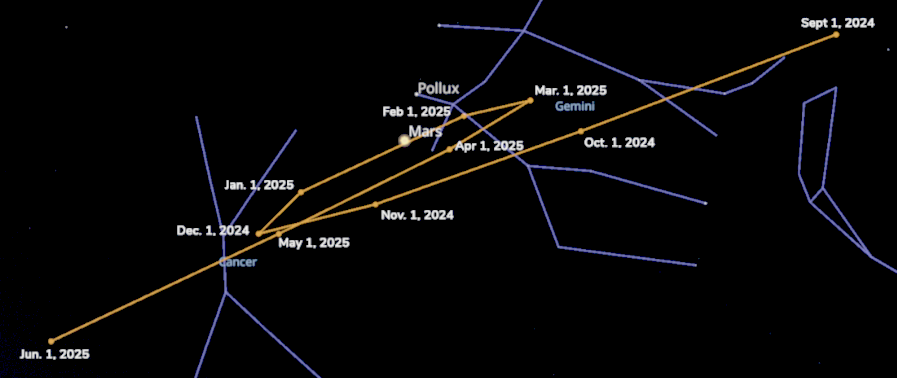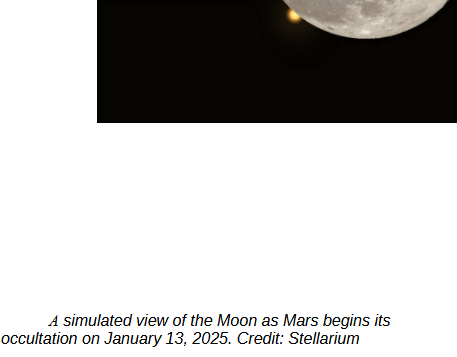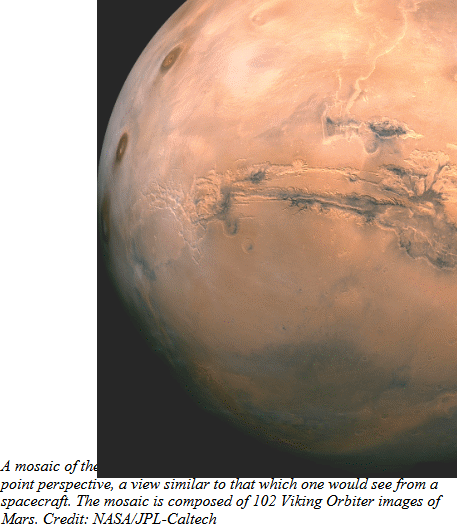About UsThe Grand Traverse Astronomical Society is a nonprofit organization dedicated to to education and enjoyment of the night sky. Established in 1982, the GTAS has about 30 members from the Traverse City and the Grand Traverse area of northern Michigan. Meetings are held on the first Friday of every month beginning at 8 p.m. at Northwestern Michigan College's Joseph H. Rogers Observatory, though the August meeting is preempted by the annual picnic at another location. Guests are always welcome to our meetings. Over 750 attended the society sponsored Comet Hyakutake Watches March 23, and 24th, 1996. The farthest traveler came from Detroit to enjoy the dark skies and the spectacular comet through many telescopes. Comet Hale-Bopp attracted approximately 1,400 during the three scheduled viewing nights that were clear. We've hit
the road, so to speak, with outreach beyond the NMC Observatory
since 2007. Since 2011 we've held monthly star parties at
Sleeping Bear Dunes National Lakeshore from April to October with
additional eclipse and meteor shower watches. We bring our
telescopes and exhibits to several festivals around the area
along with Friday Night Live in Traverse City. Since
2010 the society has been hosting monthly star parties at the
Sleeping Bear Dunes National Lakeshore. Two of
our members are also NASA/JPL Solar System Ambassadors. |
Friday, January 3 – 8 pm, Monthly meeting and star party at NMC Rogers Observatory. Also available via Zoom. 8 pm – General Meeting: Our annual Telescope Clinic: Receive a telescope for Christmas? Have an unused one in the closet? Learn how it works and how to use it. Bring it in. The society’s experts may be able to help. 9 pm – Star party if clear. Zoom Meeting Instructions: Link: https://us02web.zoom.us/j/8388913229?omn=88435646093 Friday, February 7 – 8 pm, Monthly meeting and star party at NMC Rogers Observatory. Also available via Zoom. 8 pm – General Meeting 9 pm – Star party if clear. Check here often for other events that may pop up during the month.
T The Night Sky Network program supports astronomy clubs across the USA dedicated to astronomy outreach. Visit nightsky.jpl.nasa.gov to find local clubs, events, and more! January’s Night Sky Notes: The Red Planet By Kat Troche Have you looked up at the night sky this season and noticed a bright object sporting a reddish hue to the left of Orion? This is none other than the planet Mars! January will be an excellent opportunity to spot this planet and some of its details with a medium-sized telescope. Be sure to catch these three events this month. Martian Retrograde
Hide and SeekOn the night of January 13th, you can watch Mars ‘disappear’ behind the Moon during an occultation. An occultation is when one celestial object passes directly in front of another, hiding the background object from view. This can happen with planets and stars in our night sky, depending on the orbit of an object and where you are on Earth, similar to eclipses.
Depending on where you are within the contiguous United States, you can watch this event with the naked eye, binoculars, or a small telescope. The occultation will happen for over an hour in some parts of the US. You can use websites like Stellarium Web or the Astronomical League’s ‘Moon Occults Mars’ chart to calculate the best time to see this event. Note: For Traverse City the occultation will last from about 9:13 PM to 10:20 PM. Start looking early because Mars will be difficult to find in the Moon’s glare. Times around the state of Michigan could vary by a minute or more. Ed. Closer and CloserAs you observe Mars this month to track its retrograde movement, you will notice that it will increase in brightness. This is because Mars will reach opposition by the evening of January 18th. Opposition happens when a planet is directly opposite the Sun, as seen from Earth. You don’t need to be in any specific city to observe this event; you only need clear skies to observe that it gets brighter. It’s also when Mars is closest to Earth, so you’ll see more details in a telescope. Want a quick and easy way to illustrate what opposition is for Jupiter, Saturn, Mars, or other outer worlds? Follow the instructions on our Toolkit Hack: Illustrating Opposition with Exploring the Solar System page using our Exploring Our Solar System activity!
A mosaic of the Valles Marineris hemisphere of Mars projected into point perspective, a view similar to that which one would see from a spacecraft. The mosaic is composed of 102 Viking Orbiter images of Mars. Credit: NASA/JPL-Caltech Mars has fascinated humanity for centuries, with its earliest recorded observations dating back to the Bronze Age. By the 17th century, astronomers were able to identify features of the Martian surface, such as its ice caps and darker regions. Since the 1960s, exploration of the Red Planet has intensified with robotic missions from various space organizations. Currently, NASA has five active missions, including rovers and orbiters, with the future focused on human exploration and habitation. Mars will always fill us with a sense of wonder and adventure as we reach for its soil through initiatives such as the Moon to Mars Architecture and the Mars Sample Return campaign. |
Links
The Space Place is a NASA website for elementary school-aged kids, their teachers, and their parents.
It has over 150 separate modules for kids, including hands-on projects, interactive games, animated cartoons, and amazing facts about space and Earth science and technology.
See this month's NASA Night Sky Network article at the bottom of the center panel on this page.
Also check out these two sites for kids: NASA's Climate Kids and NOAA's SciJinks Bob Moler's Ephemeris contains audio mp3s of current Ephemeris programs; calendars of sunrise, sunset,moonrise and moonset for the Grand Traverse area of Michigan, and other locations in northern Michigan; plus a monthly star chart. Also Bob's Ephemeris Blog with daily transcripts of and illustrations for his Ephemeris programs on Interlochen Public Radio. Wednesday’s program looks at where the bright planets are along with finder charts. Northwestern Michigan College's Joseph H. Rogers Observatory If you'd like to donateFrom Article II, B of the Articles of Incorporation of the Grand Traverse Astronomical Society: The Society shall operate a scientific and educational organization with the goal of increasing interest in, the knowledge and enjoyment of astronomy; cooperate with similar organizations; and cooperate with Northwestern Michigan College to increase the benefit of the college observatory to the community. As you can see by the statement above the society is inexorably linked to the Joseph H. Rogers observatory. However in the past number of years members have been also taking telescopes out into the community, on sidewalks and street corners, and in the street on Friday Night Live, and to the Sleeping Bear Dunes National Lakeshore. We find that many folks in the area have never been out to the observatory. This way we are going to to the public. And having a huge telescope is really a great attraction, not to mention the superb views of the heavens it will provide. We have purchased a 25 inch Dobsonian telescope with trailer to use and to take around for our outreach program. We have also purchased two solar telescopes to view the Sun's prominences and chromosphere. We have recently purchased small telescopes to give to libraries for them to lend out. The first two recipients are Traverse Area District Library and Betsie Valley District Library. Enerdyne of Suttons Bay donated the second telescope.. You may contribute to the fund to help us upgrade and add accessories to the society's telescopes by mailing a check to the GTAS, c/o the society treasurer Gary Carlisle, 1473 Birmley Rd, Traverse City, MI 49686. We are a 501(c)(3) non profit organization. Donations are tax deductible. Thank You! |
|
|
|
|
|
|
Updated: |
||

 his
article is distributed by NASA Night Sky Network
his
article is distributed by NASA Night Sky Network



